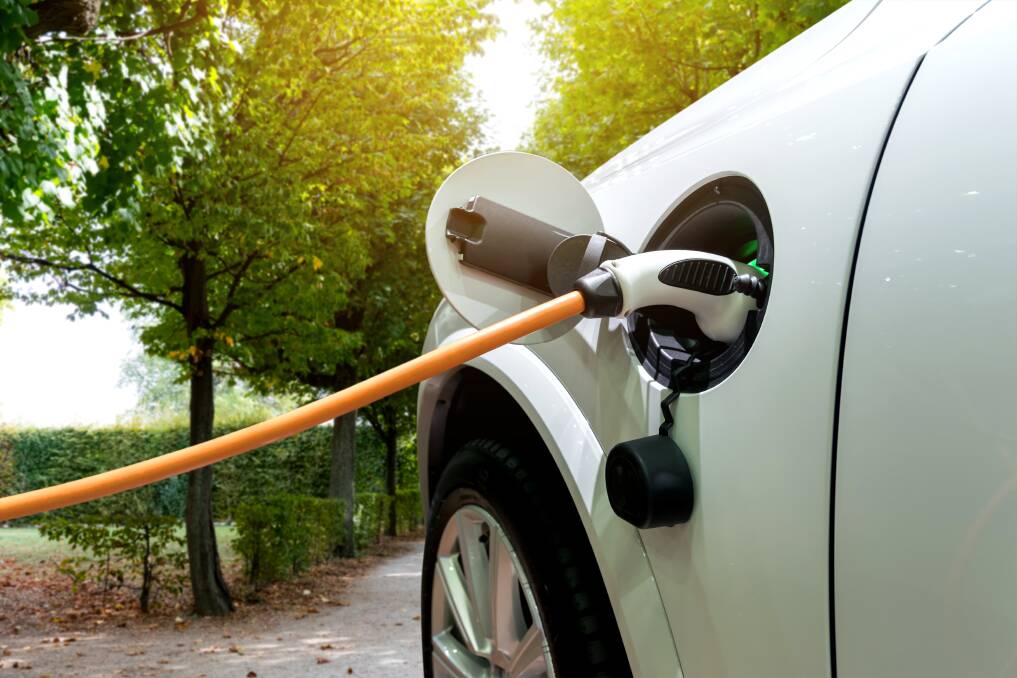As Australia moves toward net zero, electric vehicle sales soar

This is branded content.
Australia aims to achieve net zero by 2050. There's much work to be done, and the progress has generally been slow; it feels like one step forward, half a step backward at times. That being said, there is tangible progress indicating that Australia is up to the environmental challenge it has set for itself.
South Australia leads the pack
Data from the Australian Government State and Territory Greenhouse Gas Inventory shows that South Australia is ahead of schedule when it comes to reducing carbon emissions.
Between 2012 and 2022 South Australia's net carbon emissions decreased 40 percent, from 26,474 kilotonnes to 15,821 kilotonnes. Renewable energy accounts for over 70 percent of the state's electricity. South Australia's efforts can serve as a blueprint for other states which have so far struggled to gain momentum in the fight against climate change.
Cleaning up the healthcare system
It was recently reported that Australia has officially agreed to work with the United States and the United Kingdom to reduce carbon emissions associated with the healthcare system, specifically global healthcare supply chains.
Healthcare is one of the lesser-known sources of greenhouse gases. It's almost never talked about, yet it generates approximately five percent of Australia's total carbon emissions. The majority of these emissions-about three quarters-are the result of importing healthcare supplies from other countries.
By signing on to the initiative launched by the US Department of Health and Human Services and the UK's National Health Service, the Australian government pledges to help find ways to cut down on CO2 emissions related to procuring and importing healthcare supplies. Other countries such as Norway and Ireland have also agreed to participate.
Giving big business incentive to change
Australia's environmental targets will never be reached without the participation of the country's leading businesses. Corporations have a huge role to play in averting environmental catastrophe. To that end, the federal government is stepping up the number and the dollar amount of grants designed to finance CO2 reduction programs.
In January, Bluescope Steel received $135.8 million to modernise a blast furnace in New South Wales, while another $63.2 million went to Liberty Steel Australia to pay for a new low carbon electric arc furnace. The money will help promote an industry shift toward the manufacture of 'green' steel and iron, creating hundreds of jobs in the process.
More recently, the federal government awarded $331 million to various Australian businesses. Mining firm Rio Tinto received the lion's share: $94 million to modify its bauxite refinery in Gladstone, Queensland. Other companies taking a portion of the grant include Cement Australia, AdBri (aka Adelaide Brighton Cement), Manildra Group, Glencore, and Wesfarmers.
According to Climate Change and Energy Minister Chris Bowen, the grants are 'about securing the future of high-quality, low-emissions products made right here.'
Growing public support
More and more Australian citizens are expressing their support for the government's energy transition projects. One metric for gauging public interest in decarbonisation is electric vehicle (EV) uptake.
Broadly speaking, the term 'electric vehicle' can refer to any low emissions vehicle, including but not limited to zero emissions battery powered vehicles, hydrogen fuel-cell vehicles, and hybrid vehicles. A lot of companies are beginning to transition their fleets to electric vehicles with the help of vehicle management software. Buses and other forms of public transportation are doing the same. EVs are perfectly compatible with modern fleet management systems and make certain tasks (keeping a fleet log, for instance) less onerous for companies.
But what about individual consumers? Australian drivers were notoriously slow out of the gate with regard to EV uptake, mostly due to concerns about high purchase prices. But that's quickly changing.
A recent survey found that 30 percent of Australians who plan to buy a new car in the next year intend to buy an EV. An additional 20 percent said they intend to buy a hybrid vehicle. In other words, about half of Australian drivers are now in the market for a low emissions vehicle. This is in spite of the fact that several states have stopped offering certain financial incentives (namely rebates) for EV purchases.
Over the past 12 months, EV sales in Australia have increased by 120 percent, while EV charging infrastructure rose by 75 percent. Of the more than 180,000 EVs being driven on Australia's roads, 98,436 were purchased the past year. This trend is almost certain to continue, placing Australian drivers within the vanguard of the country's energy revolution.


